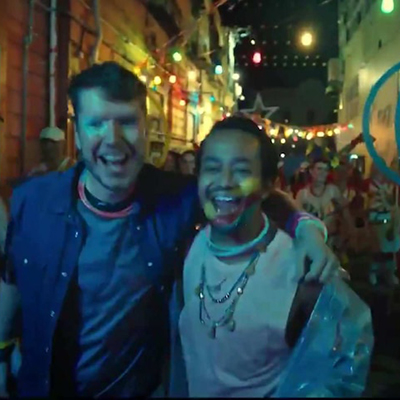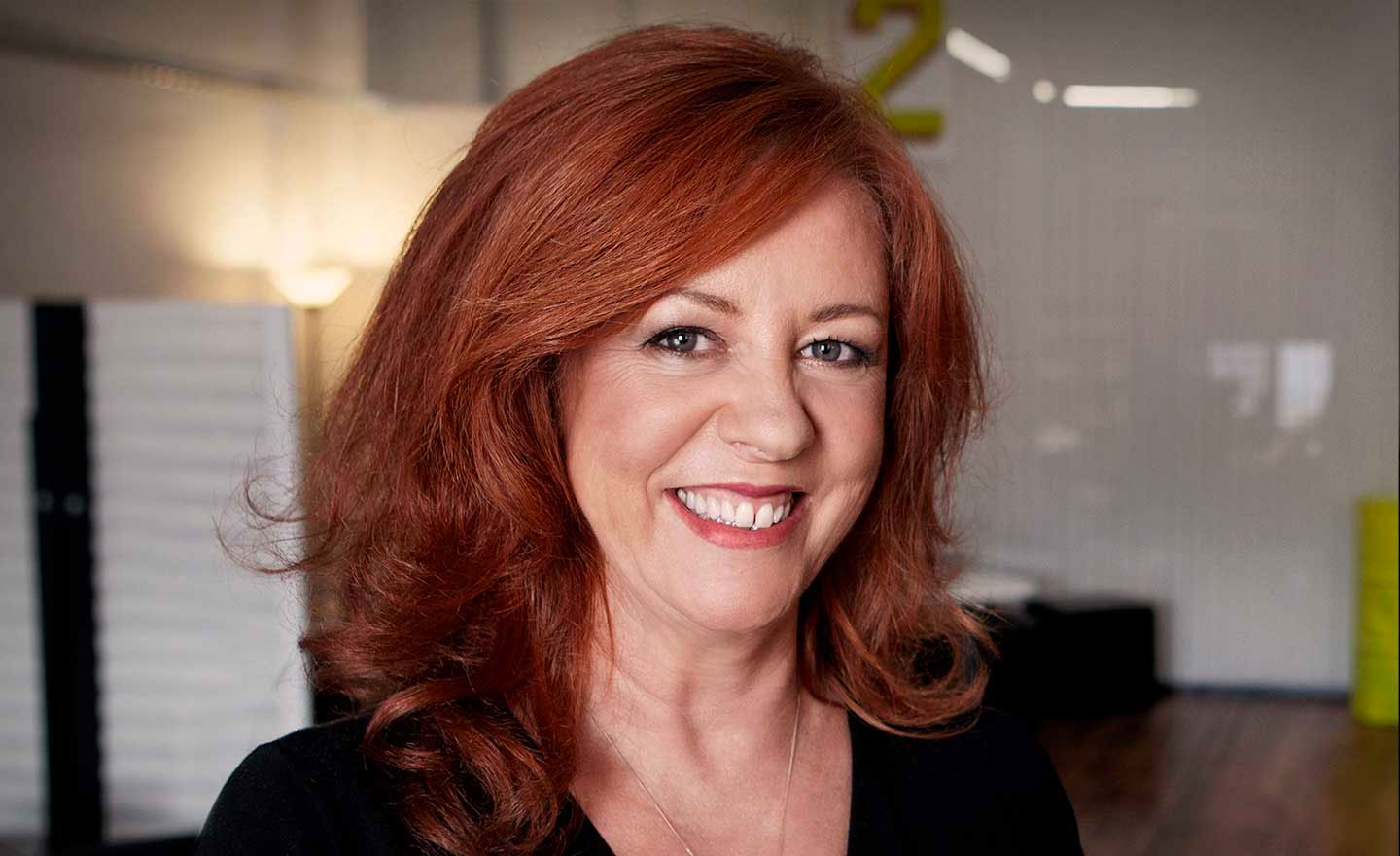In this edition, we explore the effects of negative vs positive reinforcement and how positive emotions can influence behavioural change for the better.
The effectiveness of negative vs positive emotional appeals in social marketing is a topic of debate.
Whilst fear marketing in particular has been used for many decades to encourage the message that if you don’t do something (such as buy, vote, learn, support), then a particular dire consequence will occur, many researchers argue they do more harm than good. Ethical concerns surrounding the use of negative emotional appeals include maladaptive responses such as heightened anxiety, health impacts and an increased social inequity between those who are targeted in the ads, such as heavy smokers, and those who are not. Negative emotions in social marketing have been used with varying degrees of success, particularly as they can draw attention away from the message and evoke defence mechanisms in viewers.
“When we fear a problem we run from it. But when we are not afraid, we are able to face the problem and overcome it.”
Sustaining behavioural change
While negative appeals are regarded as effective in some instances, alternatives are also suggested such as positive reinforcement appeals or the use of humour. Suggestions have been made that positive appeals are generally more engaging than loss-framed or negative appeals. When it comes to not only making but sustaining behavioural changes, it is also found that positive emotions such as hope, love and excitement are a key driver for sustaining pro-social behaviour.
These principles can be applied to all facets of human behaviour including workplace safety, dangerous driving or binge drinking. More recently, we can see the effects of positive and negative change campaigns in regards to COVID-19.
Here in Australia, fear has been used frequently as a behavioural drive, with dark messaging and visuals – “It can happen to anyone”.
In New Zealand, however, a positive, joyful and almost humorous approach has been used to put a positive spin on the pandemic, encouraging people to “do it for each other” and focusing on what life can look like post-COVID. In cases where fear may make viewers run from the problem, positive reinforcement empowers people to face the problem and solve it.
Behavioural change brand campaigns
At The Brand Pool we have extensive experience in behaviour change campaigns, particularly for Government bodies, and as a result have a number of key insights to offer when creating effective campaigns. Our managing director, Lynn Poole has more than 20 years’ experience in strategy for behaviour change campaigns and has led over 90 multi-channel education campaigns for the NSW Government in just about every category.
Lynn was recently published in a book with Linda Brennan, Professor of Advertising, School of Media and Communication, RMIT University, Australia. Linda’s research interests are social and government marketing and especially the influence of marketing communications and advertising on behaviour.
The publication, ‘Social Marketing and Advertising in the Age of Social Media’ provides much-needed insight into current social marketing and advertising practices. The authors offer a framework for social marketing, before exploring the mechanics of social media and present marketing strategy. Chapters cover the use of both positive and negative emotions in social marketing and advertising, and explore the ethical challenges associated with the practice in the age of social media.
Insight gained from the book, as well as our own experiences and research have helped shape our approach to behavioural change campaigns and have had an impact on several recent projects and pitches for The Brand Pool.



